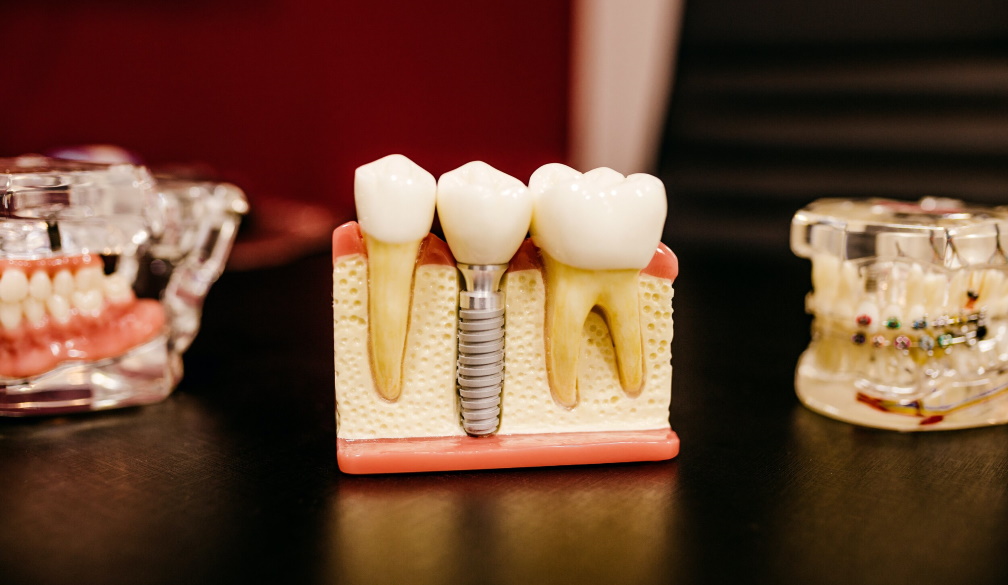What To Expect From The Dental Implants Process
- Written by NewsServices.com

Dental implants is a procedure to replace missing teeth by inserting artificial tooth roots. The artificial roots bond with the jawbone and artificial teeth (called crowns) are then placed onto the roots by a dental or oral surgeon. Implants are a good choice if you have lost one or more permanent teeth. The implants are intended to mimic real teeth in the way they look, feel and function.
What Is The Dental Implants Process?This is an outpatient dental procedure. The process consists of multiple appointments - a consultation, placement of the implants and another appointment to anchor the crowns to the roots. Implants are manufactured from titanium and other materials that allow them to fuse with the jawbone.
Once the implant has fused, the replacement crowns can be secured to the new root. The artificial teeth are designed to match the surrounding teeth so that they look and act in a similar way to your natural teeth.What Is The Purpose Of Dental Implants?
Dental implants are intended to replace missing permanent teeth that have been lost as a result of an injury, infection, gum disease or tooth decay. Other options for replacing missing teeth may also be discussed with you by your dentist at your initial consultation including bridges or dentures.The dentist will assess whether there is sufficient space and healthy bone for the implants to fuse with. Teeth that have been missing for an extended time may have resulted in bone loss. In this case, bone grafts need to be performed before the implant procedure can take place.
How To Prepare For A Dental Implant Procedure?If you are a good candidate for dental implants, your dentist will develop a plan for your dental implant surgery after taking x-rays and your initial consultation. Your dentist will discuss whether the surgery will take place under general anesthetic, IV sedation or using local anesthetic. Your preparation for the surgery will depend largely on the type of anesthesia and other factors. If you are going under general anesthetic or sedation, make sure that someone is available to take you home after the procedure.
What To Expect During the Procedure?You will be given a local anesthetic to entirely numb the area where the surgery will take place. In most cases, you will also receive IV sedation which will prevent you from feeling any pain or discomfort and may make you unaware of the procedure. An incision is then made in the gum through which the implant will be placed into the jawbone. The dentist or oral surgeon will then place the gum over the implant to prevent infection.
A second appointment will then be scheduled a couple of weeks later to secure the crowns to the implants. This time is to give the implants time to fuse with the jawbone. This process is called osseointegration and is critical to ensuring that the implants are strong enough to hold the teeth in place.Every person heals differently and it can take as long as 6 months before the crowns can be placed. In other cases, a patient may be able to have the crowns placed immediately. Once the dentist determines that the implant is secure, an abutment will be placed over the posts of the implants. The dentist will take an impression of your teeth from which the crowns will be designed. This is to ensure that the crowns match and align with the surrounding teeth. The crowns will then be attached to the abutment.
Long-Term CareDental implants require much the same dental hygiene care and practices as your natural teeth. Brush at least twice a day, floss regularly and make sure you keep your follow-up dental appointments. While implants can't decay, they can infect gums and surrounding teeth if they are not cleaned and cared for properly.

